RFID chips are everywhere. They're in passports, credit cards, and tons of items you've bought in the last 5 years or so. Big retailers like Walmart started using tracking products with RFID as early as 2004, and today, they're used in everything from mobile payments to hospital record systems. Chances are, unless you're a hermit (in which case you wouldn't be reading this anyway), there's an RFID tag within a few feet of you.
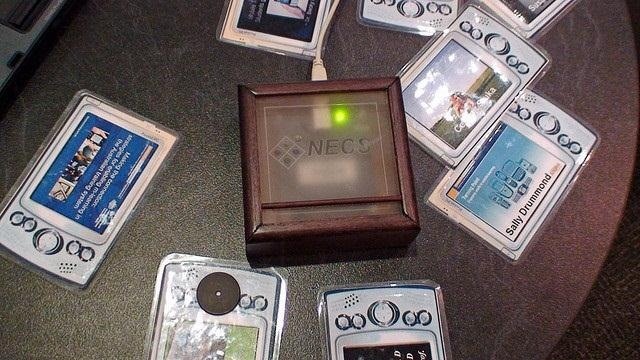
Photo by sridgway
Why does this matter? Because most of these tags are passive, meaning they're activated and deactivated based on the presence of RFID readers, which are also everywhere. The readers track the movement of the tags. They're also used in things like mobile payments and transit systems. A passive tag only has to come within a certain distance of a reader in order to be activated and read. The active tags are even scarier because they have their own power supplies and can be read from much farther away.

Photo by adamgreenfield
That said, chances are that T-shirt you bought online last week isn't keeping track of what stores you visit and transmitting the information back so that marketers can target ads to you, but the fact that it's even possible is absolutely terrifying.
The good news is there are a few things you can do about it. There are ways of blocking signals and disabling the chips, and you can build a device to detect RFID readers with relatively simple parts, or experiment with making a custom chip yourself. It's worth noting that because of how pervasive RFID is, these steps alone won't completely shield you all of the time, but it certainly can't hurt to protect yourself where you can.
Blocking RFID Signals
You can block signals from being transmitted to and from RFID chips with metal, and almost any kind will work. You could just wrap all your stuff in aluminum foil, but if you want to be a little more stylish about it you can buy wallets with RFID protection or even make your own.

Disabling RFID Chips
The quickest and easiest way to destroy RFID chips is also the least practical: 5 seconds in the microwave will melt the chip, but it'll also probably destroy your microwave.

The best way to do it is to pierce or cut the chip or antenna with something sharp, but in order to do that you have to know exactly where it's located. You can also just take a hammer to it. Maybe not ideal, but it will get the job done.
Building an RFID Reader
With some basic parts like cardboard, LEDs, copper tape and a capacitor, you can make a device that lights up when an RFID reader is nearby.

First, you loop the copper tape 3 or 4 times around one end of the cardboard, soldering at each corner.


Then, connect the LED and capacitor, and you have your reader detector.

Custom RFID Tags
You can build different types of RFID tags to do different things, like turn on in daylight and off in darkness...

Or activate when someone touches it.

Check out Instructables user nmarquardt's tutorial for more details.
RFID isn't all bad. Despite its downsides, you can actually do some pretty interesting things with it. You can create 3D LED animation or maybe build a beer safe.
What do you think of RFID? Is it too sketchy, or is the convenience of making payments with your iPhone worth it?
Just updated your iPhone? You'll find new emoji, enhanced security, podcast transcripts, Apple Cash virtual numbers, and other useful features. There are even new additions hidden within Safari. Find out what's new and changed on your iPhone with the iOS 17.4 update.
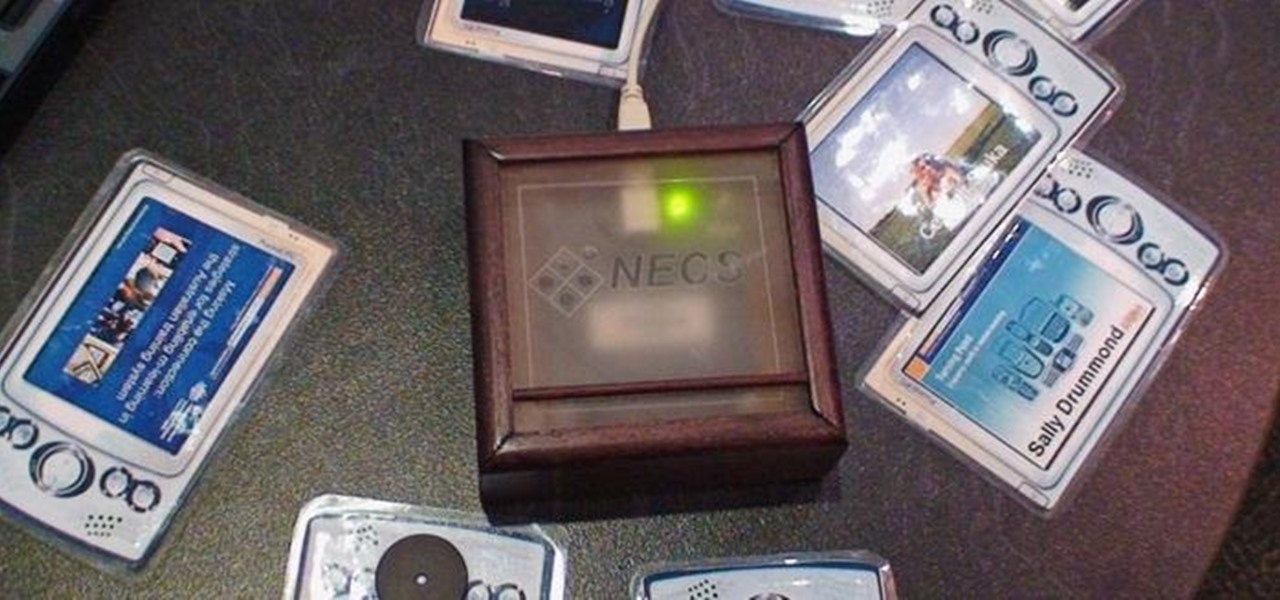


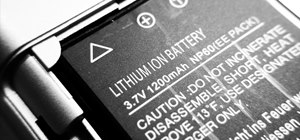
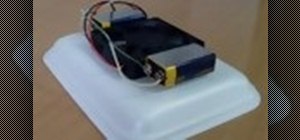
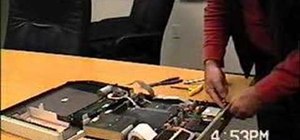


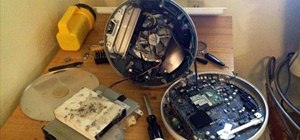
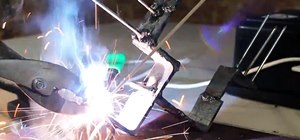
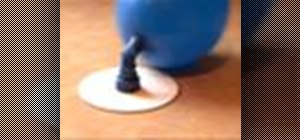
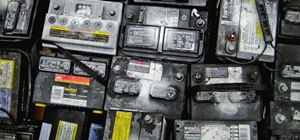


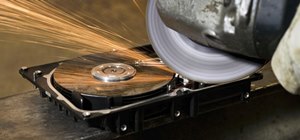
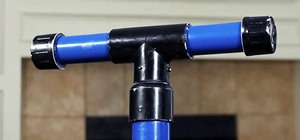

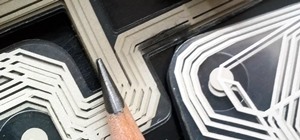
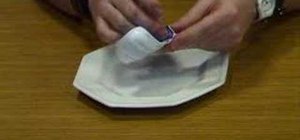



1 Comment
Looks like Samsung stick theirs the the batteries on phone under the label. I just ripped it off mine.
Share Your Thoughts